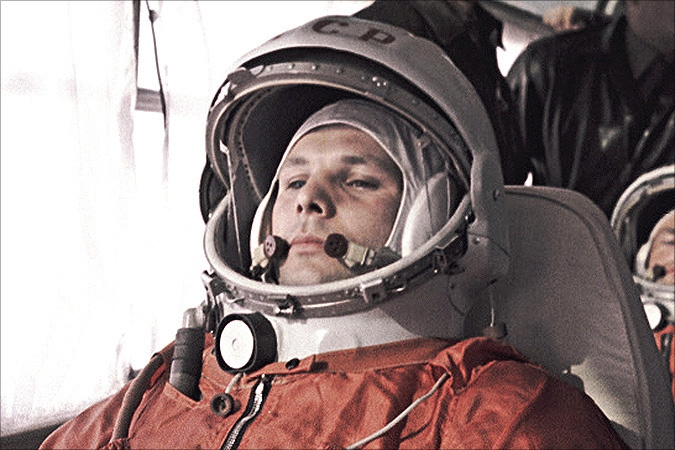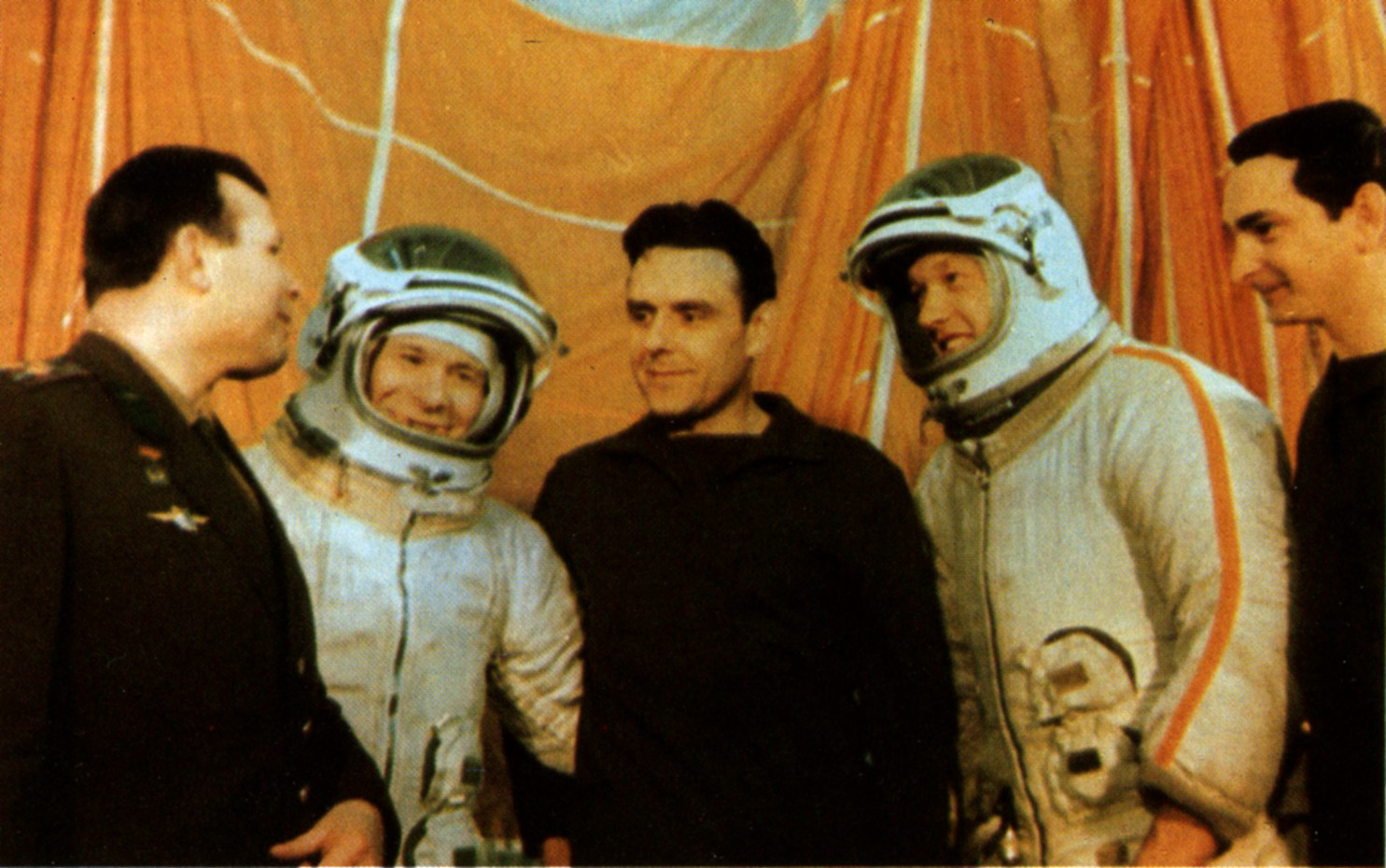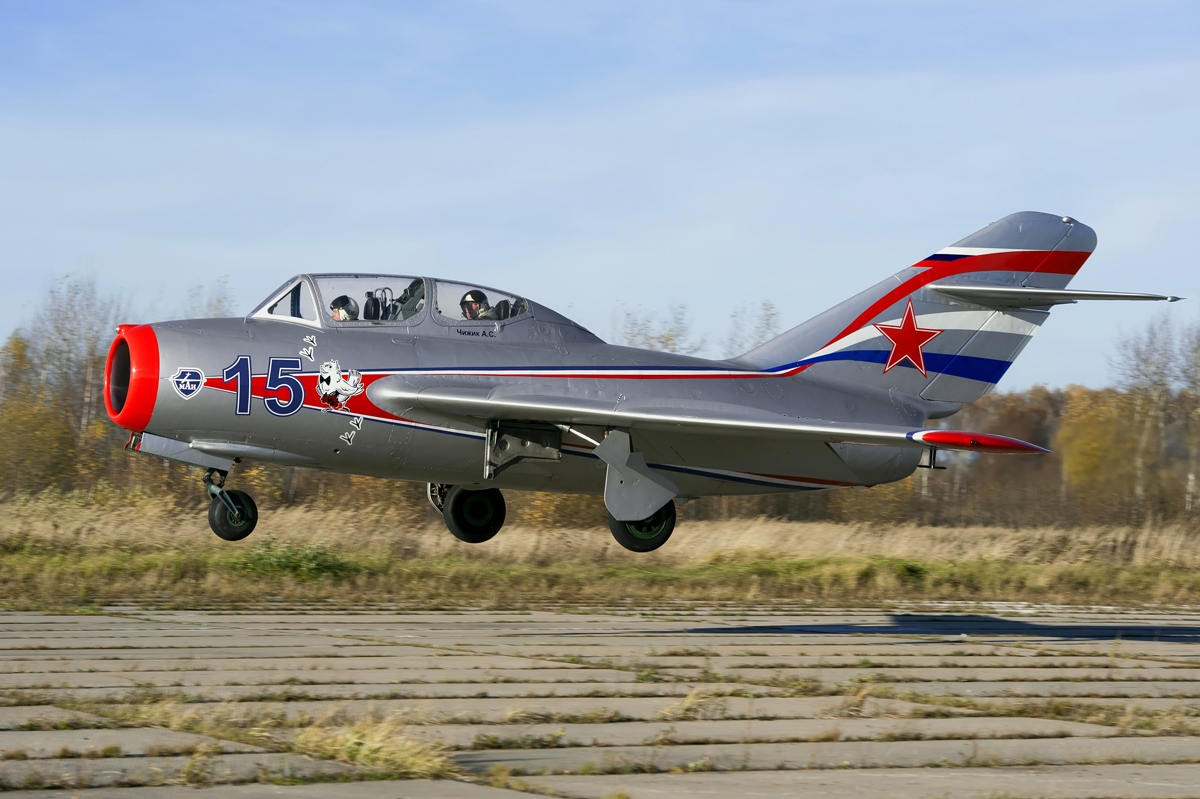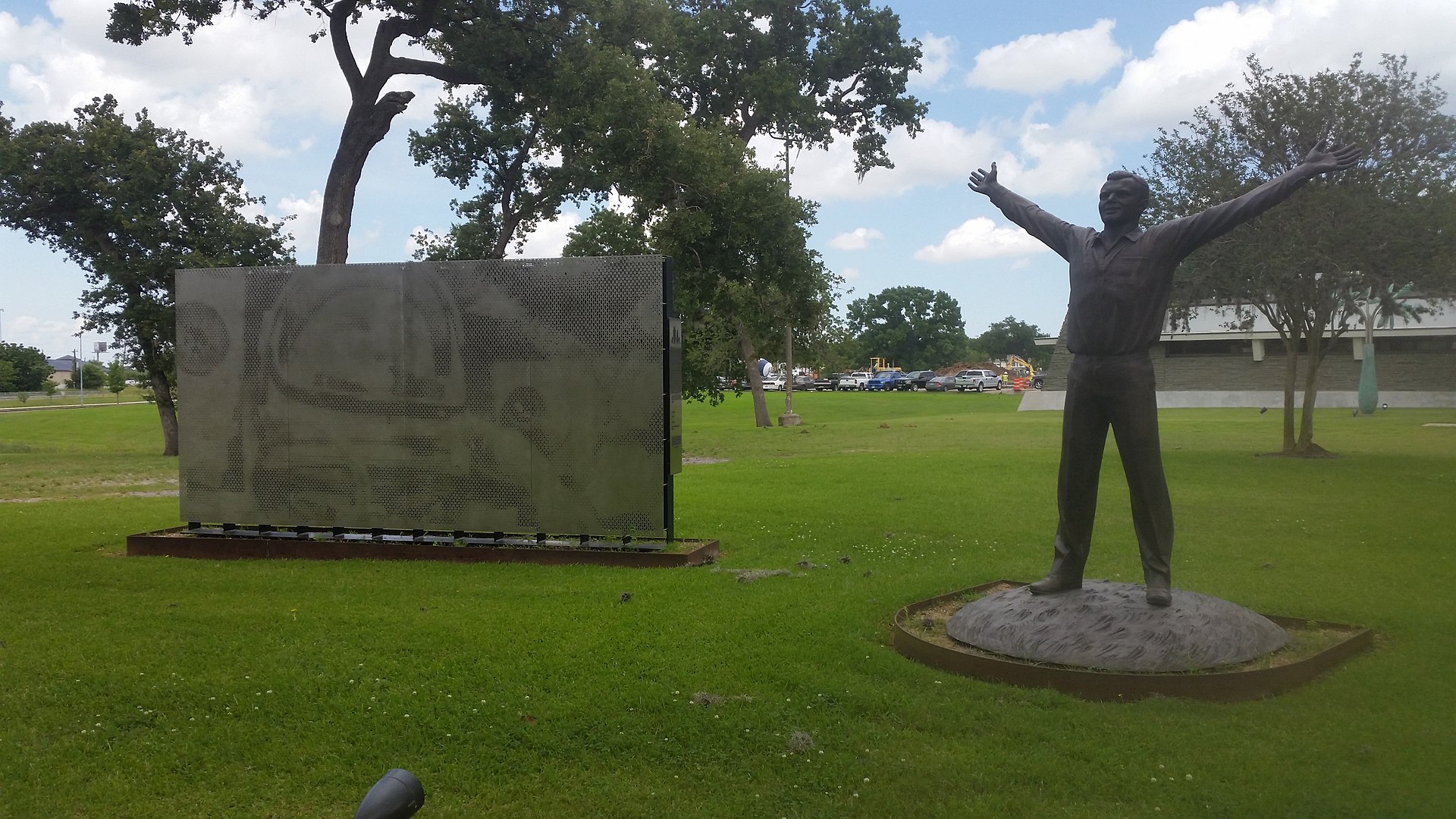“Poyekhali!!” With that one Russian word, meaning “Let’s go!” on April 12, 1961, cosmonaut Yuri Gagarin blasted off from the Baikonur Cosmodrome in Kazakhstan to become the first human to travel in space. Upon his return from his history-making single orbit of Earth, the Soviet Union treated Gagarin as a national hero. Completing many goodwill tours, he became an international celebrity.
For several years, Soviet officials were hesitant to assign him to a second space flight for fear of losing him in an accident. He became the deputy training director of the cosmonaut training center, helping other cosmonauts prepare for their space flights, and successfully defended his aerospace engineering thesis on space plane design at the prestigious Zhukovski Air Force Academy. Gagarin persisted in his desire to return to space and eventually he was assigned as Vladimir Komarov’s backup for the first Soyuz mission. After Komarov’s death in the Soyuz 1 accident in April 1967, Soviet officials felt justified in their caution and allowed Gagarin to fly aircraft only with a flight instructor.
On March 27, 1968, while on a routine training mission from Chkalovskiy Air Base near the Star City cosmonaut training center with flight instructor Vladimir Seryogin, the MiG-15UTI jet in which they were flying crashed in inclement weather, killing both pilots. Gagarin was 34. His ashes were interred in the Kremlin wall and are ritually visited by space flight crews prior to their departure for Baikonur.
Upon hearing the news, the NASA Astronaut Office sent a message of condolences to the Academy of Sciences of the U.S.S.R., saying in part: “We join you in mourning the loss of Yuri Gagarin. Nothing will dim the memory of his achievement in becoming the first pilot to fly in space.”
After his death, many prominent space facilities were renamed in his honor. Outside of Moscow, the facility where cosmonauts train for their spaceflights was renamed the Gagarin Cosmonaut Training Center. Once a secret facility, today international crews, including U.S. astronauts, train there for missions to the international space station (ISS). At the Baikonur Cosmodrome, the launch pad from which Gagarin began his historic journey is known as the Gagarin Start. The pad is still in use today to launch multinational crews to the ISS.
To symbolize the current cooperation in space between two former rivals, in 2012 the Dialogue of Cultures – United World Foundation donated a bronze statue of Gagarin to the city of Houston, along with a bronze monument to John Glenn, the first American to orbit the Earth. The side-by-side sculptures stand outside the building that once housed the original headquarters of the Manned Spacecraft Center (now the Lyndon B. Johnson Space Center), before the Clear Lake facility was completed.































